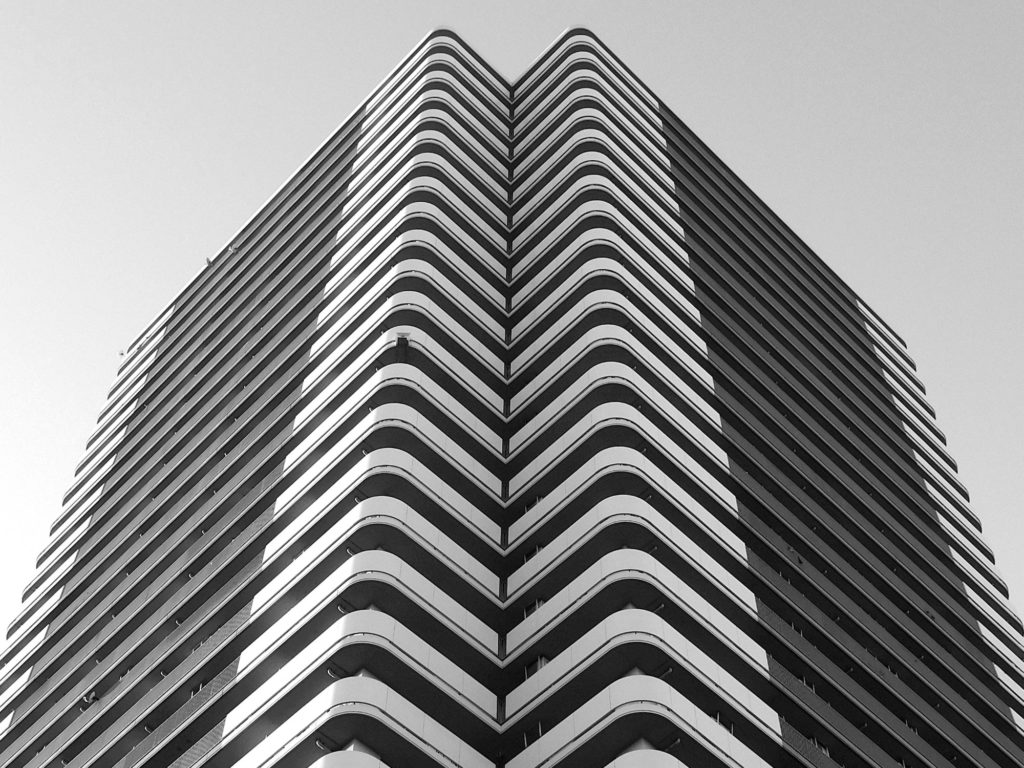JV3 Assessment
JV3 can be used as an alternative solution when a Section J report is required.
This applies when a building’s complex design does not meet the Deemed to Satisfy (DtS) requirements under the National Construction Code (NCC). JV3 allows much more flexibility with regards to design choices, as architects and designers can create as they see fit as long as it does not exceed the reference buildings energy usage targets. JV3 is much like a non-residential equivalent of NatHERS modelling, allowing flexibility to choose glazing and building elements as long as it stays within the annual energy consumption of the Deemed-to-Satisfy (DtS) building.

The JV3 Assessment requires a detailed assessment of the building’s design. The feedback that is given from the JV3 model should be a consideration in the detailed design’s development.
Some non-residential buildings, particularly designs featuring a large area of external glazing, can struggle to achieve compliance using the Deemed to Satisfy (DTS) provisions of BCA Volume 1, Section J (Energy Efficiency) without specifying glazing or insulation that is prohibitively expensive. In some cases the design of the building, combined with the NCC Climate Zone, makes it impossible to achieve compliance with the DTS provisions.
The good news is that even if this is the case, it is most often still possible to achieve compliance using reasonable insulation and glazing specifications, using the JV3 Verification Method. This involves thermal modelling of the building (or part thereof) in order to conduct a comparison with the reference building as described in Section J of the BCA. If the results of the JV3 modelling still require prohibitive glazing specifications such as thermally broken frames, this can generally be overcome with the use of a relatively small Solar PV system to offset deficiencies in the building fabric.
JV3 Assessments may also be required at the Planning Approval stage as part of a Sustainability Management Plan or other ESD Report. The BESS tool generally triggers these when the area that is required to be heated and cooled reaches 1000m2. JV3 modelling can also be done in conjunction with daylight modelling which may be required by BESS, Council RFI or Permit Condition.
